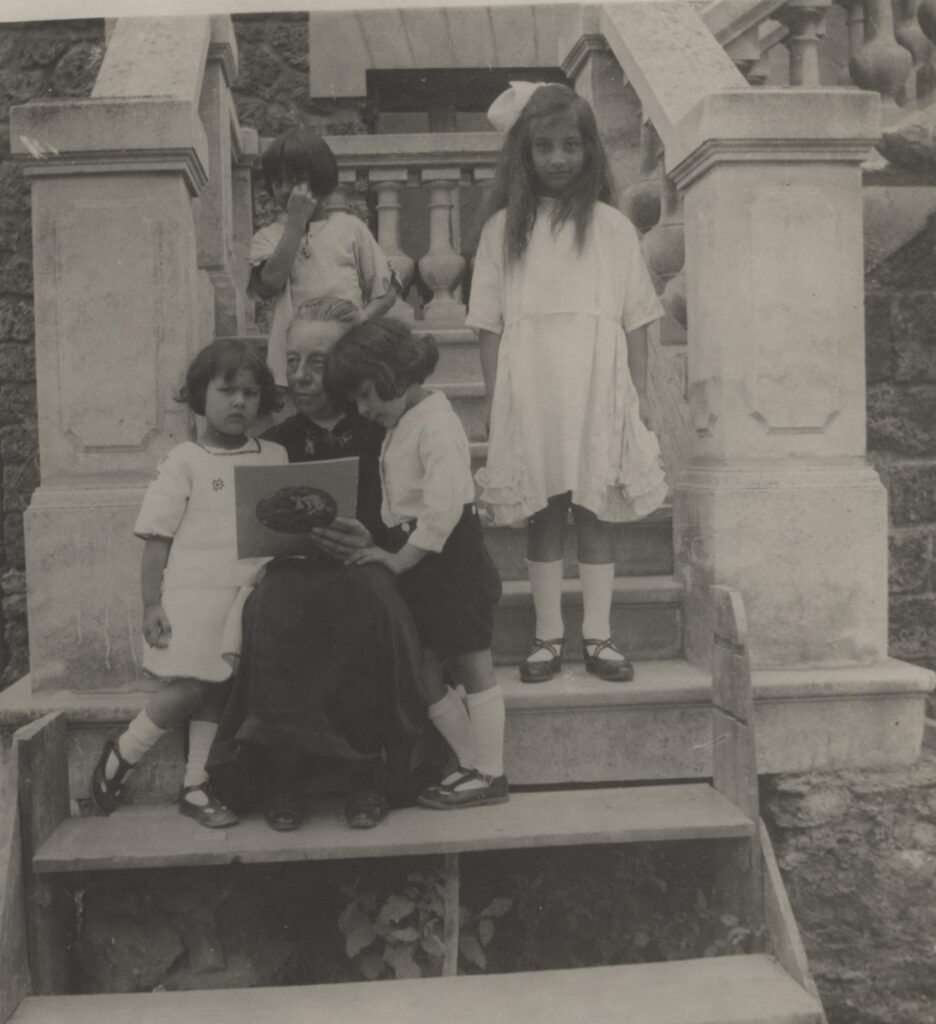“Murshid confirmed that this spot held much magnetism. Murshid referred to the location of Fazal Manzil in Suresnes as the Urs, a place of pilgrimage.“
Claire Harper
Sufi Suresnes
Just west of Paris lies Suresnes, a small commune where Pir-o-Murshid Hazrat Inayat Khan (1882-1927) established his home after bringing Sufism to the West from his native India over a century ago.
Suresnes is a place of historical and spiritual significance. A Druid temple was built on the slopes of its Mont Valerien and it is now known as the home of Saint Geneviève, the patron saint of Paris, whose discovery of a source of water led to Suresnes’ establishment as a place of pilgrimage, as well as a healing centre. The name Suresnes comes from a Celtic goddess, Surisna, derived from the word ‘source’ .
‘Sufi Suresnes’ is the name of a project in Suresnes with the aim to develop a place of pilgrimage where people can come and visit, meditate, attend seminars and retreats and study. Sufi Suresnes includes: Fazal Manzil, the Biographical Department (opposite Fazal Manzil), L’Universel Memorial Noor and the house where Maheboob Khan lived (nearby in the same street). Several foundations who are responsible for these properties and are connected to Inayat Khan’s Sufism, have decided to work together and make this possible.
‘Sufi Suresnes’ will be an ongoing source of wisdom and spiritual growth, with Fazal Manzil as the heart centre.
“Fazal Manzil is a special place where that which Murshid has brought to the world is honoured and maintained in its original brilliance, with close attention to the particular form and spirit.“
Pir Zia Inayat Khan










House of Blessings
Fazal Manzil (‘House of Blessings’) is Murshid’s former residence —a large house where he taught, practised, and lived with his wife Ameena Begum and their four children (Noor-un-Nisa, Vilayat, Hidayat and Khair-un-Nisa). This house and grounds were gifted to him by Mrs. Petronella Egeling, a Dutch woman who had chosen to dedicate her life to Hazrat Inayat Khan and his work. She also lived in the house.
Fazal Manzil is situated on 2600 metres of grounds and includes a large garden and The Sanctuary of L’Universel—a memorial to Noor’s life. The Oriental Room is the heartbeat of the main home; it’s where Murshid practiced his meditation and he initiated and gave interviews to his students and those interested in his work. In the mid 1960s, Murshid’s son, Pir Vilayat, with the help of Murids built the Khankah at the garden level of the house, like a conservatory, The Khankah replaced the original meeting hall and Pir Vilayat began to hold several regular meetings each year, in the tradition of the summer school. In the 1990s, the structure was enlarged and the basement was renovated so it could house more people.
Commemorating Noor-un-Nisa

When the second world war began, Noor (whose name means “light”) and her brother, Vilayat, were emboldened to volunteer for the war effort. Noor became widely known for her courageous efforts as a British spy; she was captured, tortured and executed by the Nazis in 1944 after bravely remaining in France as the last radio link left between London and Paris. Her story and some of her belongings will be displayed in Fazal Manzil’s museum once its renovations are complete.
“For on the ship she hung a lamp
Which gave a light so sweet,
That anyone who saw its glow
With joy was sure to meet.“
Noor-un-Nisa Inayat Khan